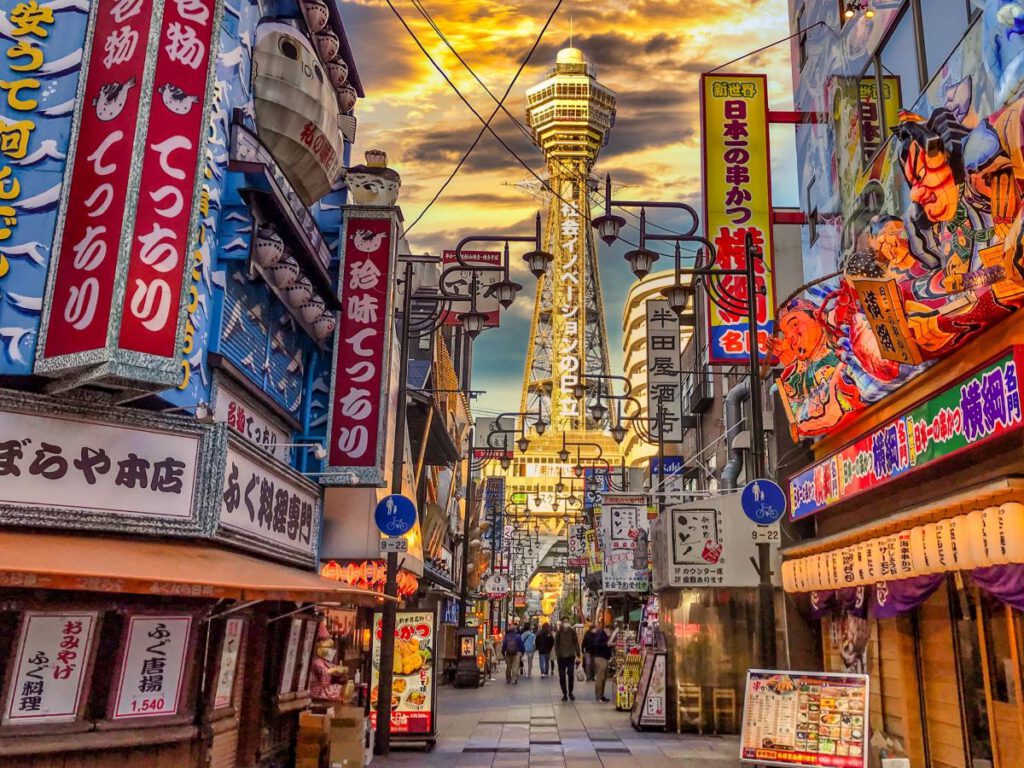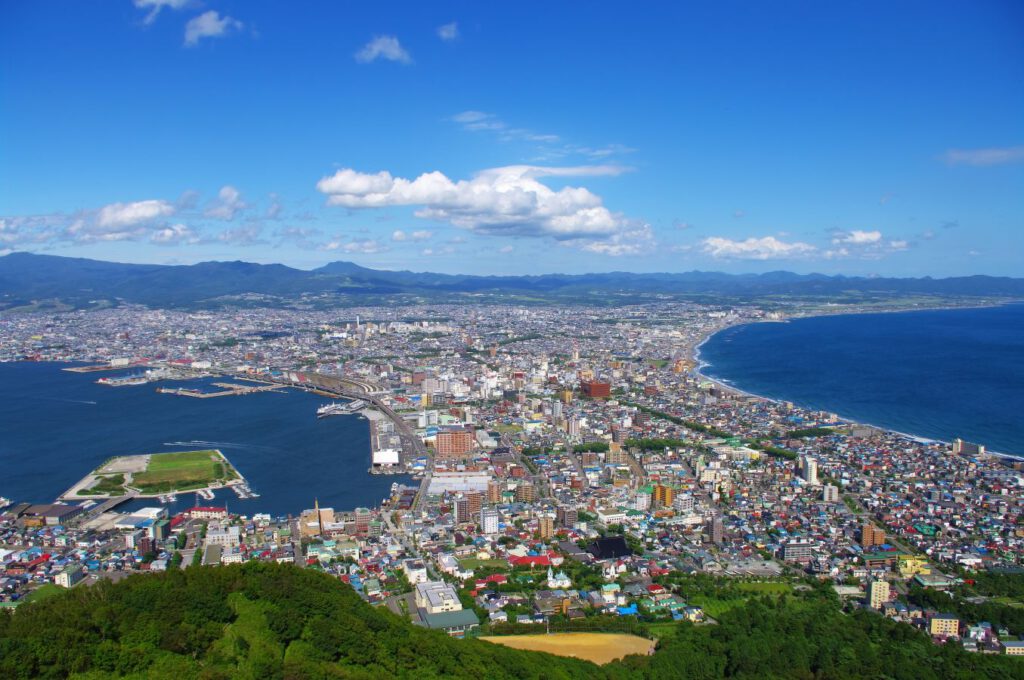Matsuyama City lies on the east side of shikoku and is the largest city on the island. It is the capital of Ehime Prefecture and has many fun and historically interesting things to see and do.
It is known for its varied topography, from the Kutsuna Islands in the Seto Inland Sea to the Takanawa Mountains and the Matsuyama Plain formed by the Shigenobu and Ishite Rivers.
The urban area centered around Matsuyama Castle is dotted with several tourist attractions associated with famous historical figures such as Masaoka Shiki and the Akiyama Brothers.
There are many fun and interesting things to do in Matsuyama and attractions such as restaurants offering delicious local cuisine, unique temples, and Dogo Onsen, which is said to be the oldest hot spring in Japan.
Matsuyama Castle
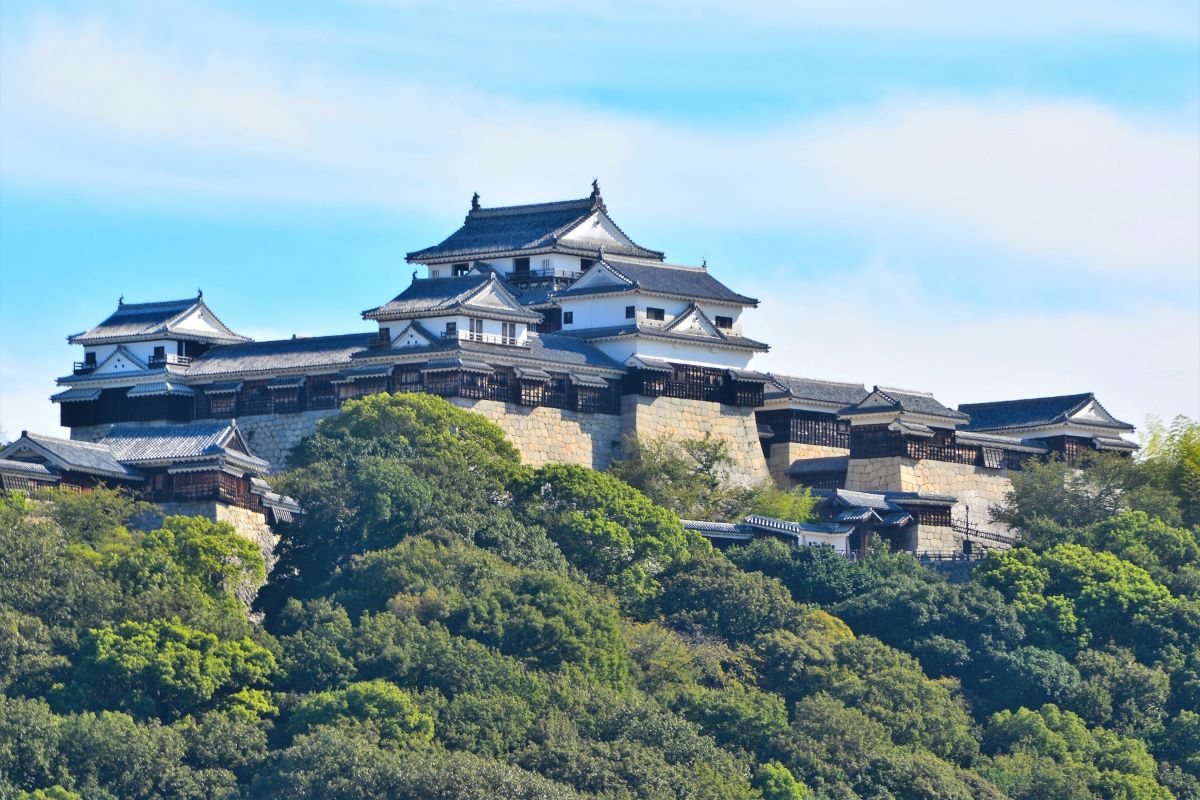
Matsuyama Castle towers over Mount Katsuyama at 132 meters above sea level, in the center of the city. It is one of only 12 original castles remaining in Japan with a castle tower built before the Edo period (1603-1867).
The Castle has rightly been selected as one of the 100 best castles in Japan. Because it is located on top of a mountain, the main citadel and the castle tower offer a spectacular panoramic view of the entire City and the nearby Seto Inland sea.

Matsuyama Castle sits on top of a small mountain, but it’s easily accessible to take the ropeway or lift. The entrance is at the end of the Okaido Shopping street and it takes 3 minutes by ropeway, 6 minutes by lift, and 20 minutes on foot via the steep walking paths.
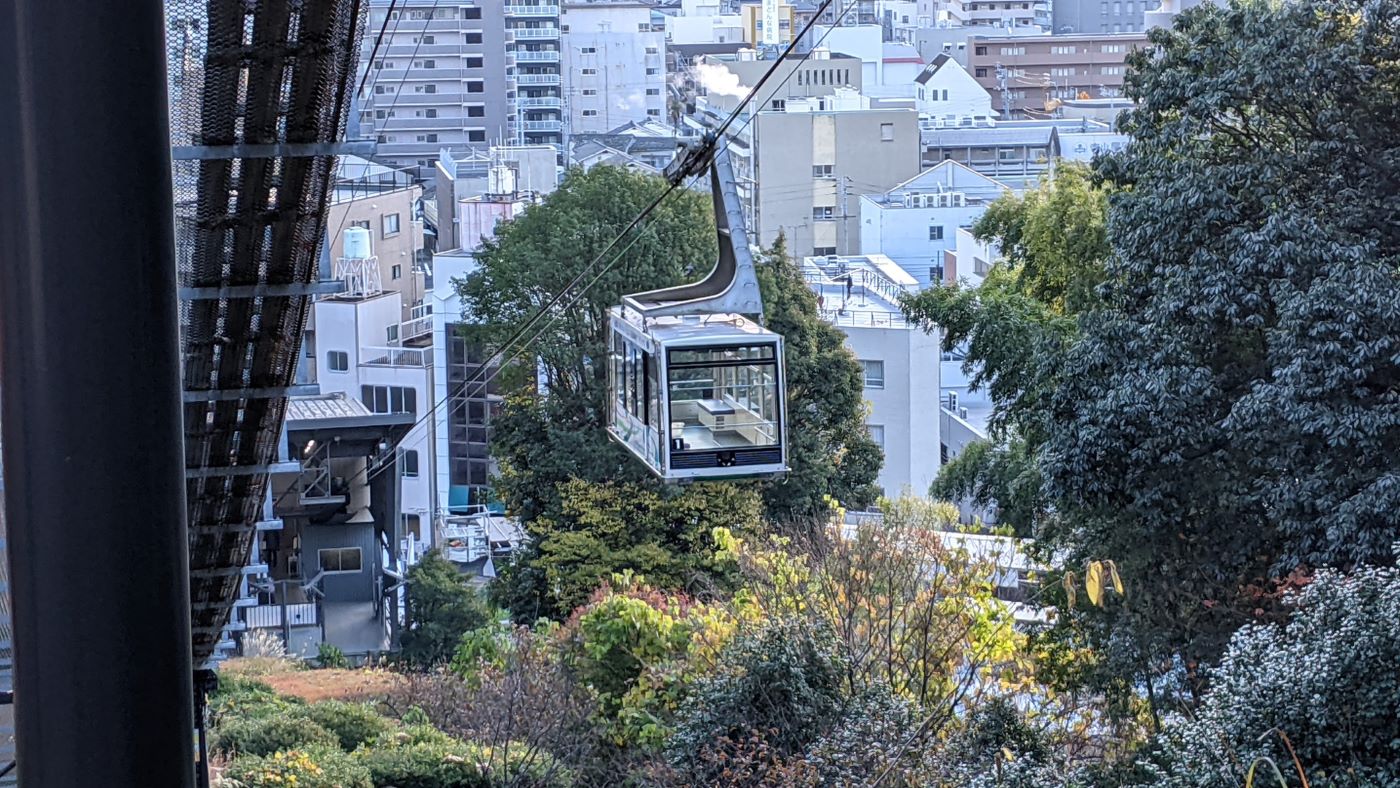
Ropeway/Chair lift ticket: Adults: 270 yen one-way, 510 yen round-trip; children: 130 yen one-way, 260 yen round-trip.
Opening hours: Honmaru Square 5:00 – 21:00, keep 9:00 – 17:00
Castle tower admission: Adults: 500 yen, children: 150 yen
Dogo Onsen Honkan

When you visit Dogo Onsen why experience Japan’s unique onsen culture?
Dogo Onsen Honkan, a symbol of Dogo, is a three-story wooden structure built in 1894 and was the first public bathhouse in Japan to be designated a National Important Cultural Property in 1994.
It is without doubt one of japan’s most famous and well-known bath houses and the hot spring is said to date back to the Asakusa Period.
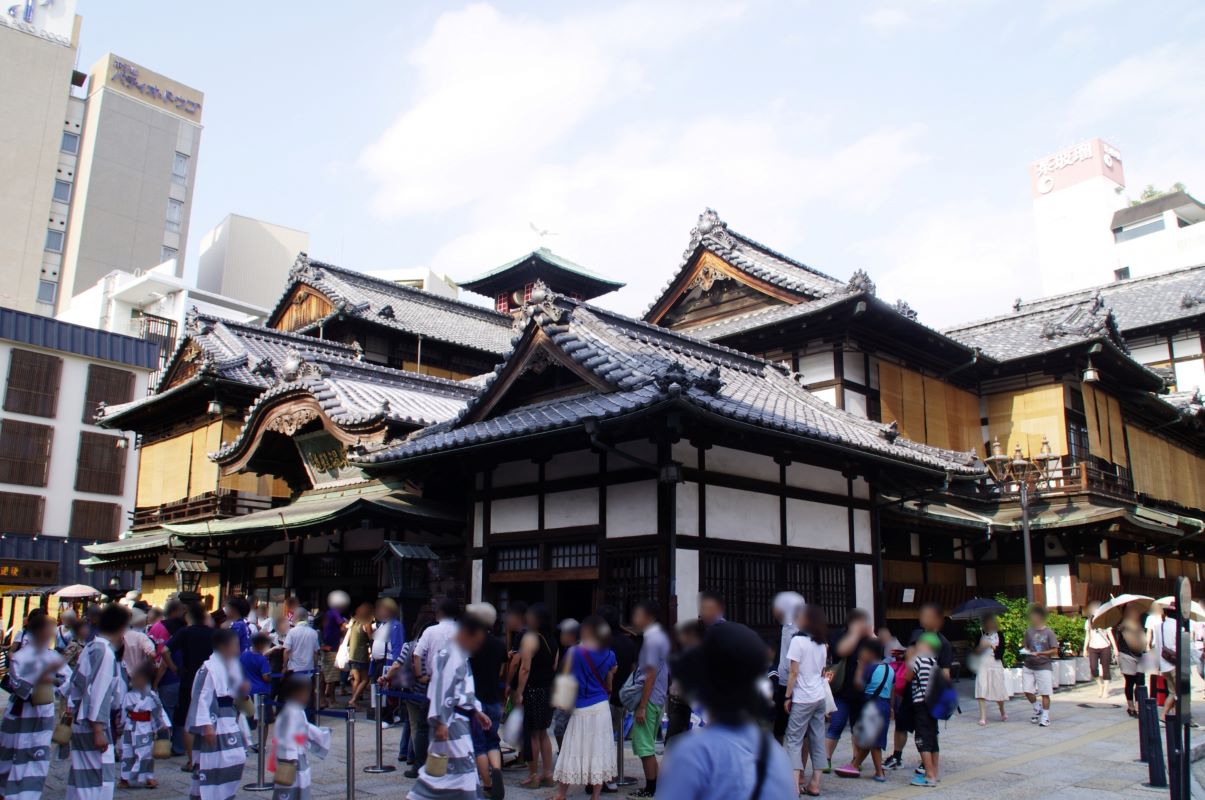
It is equipped with a hot spring bathtub, and visitors can bathe in the hot spring water.
The bathhouse from Spirited Away way based on the main building and it’s also the traditional bathhouse of choice for the Imperial family when in the vicinity.
Asukanoyu Bathhouse
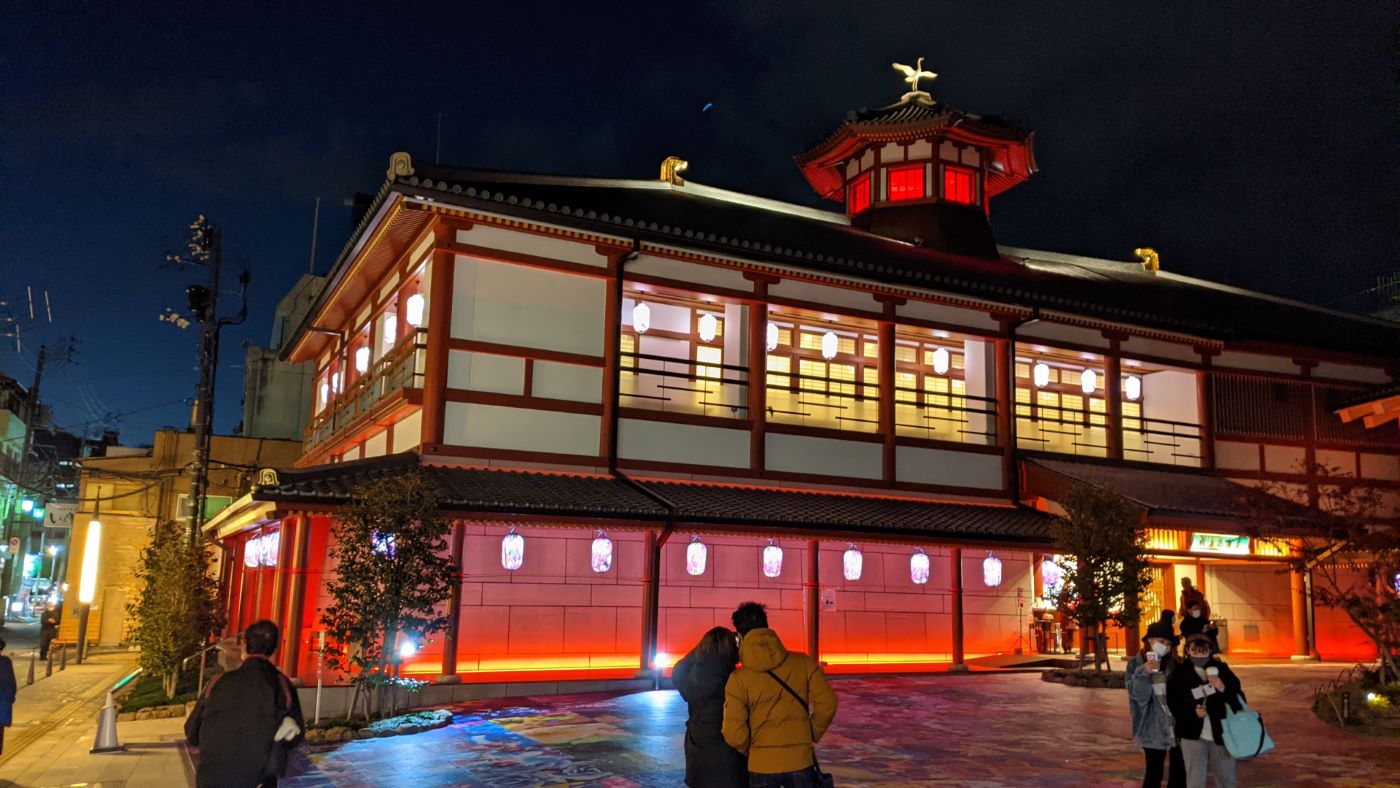
The Asuka period architectural style of Asuka-no-Yusen is used in this bathhouse. There are public baths and an open-air bath on the first floor, and a special bath on the second floor.
Dogo Onsen Tsubaki no Yu
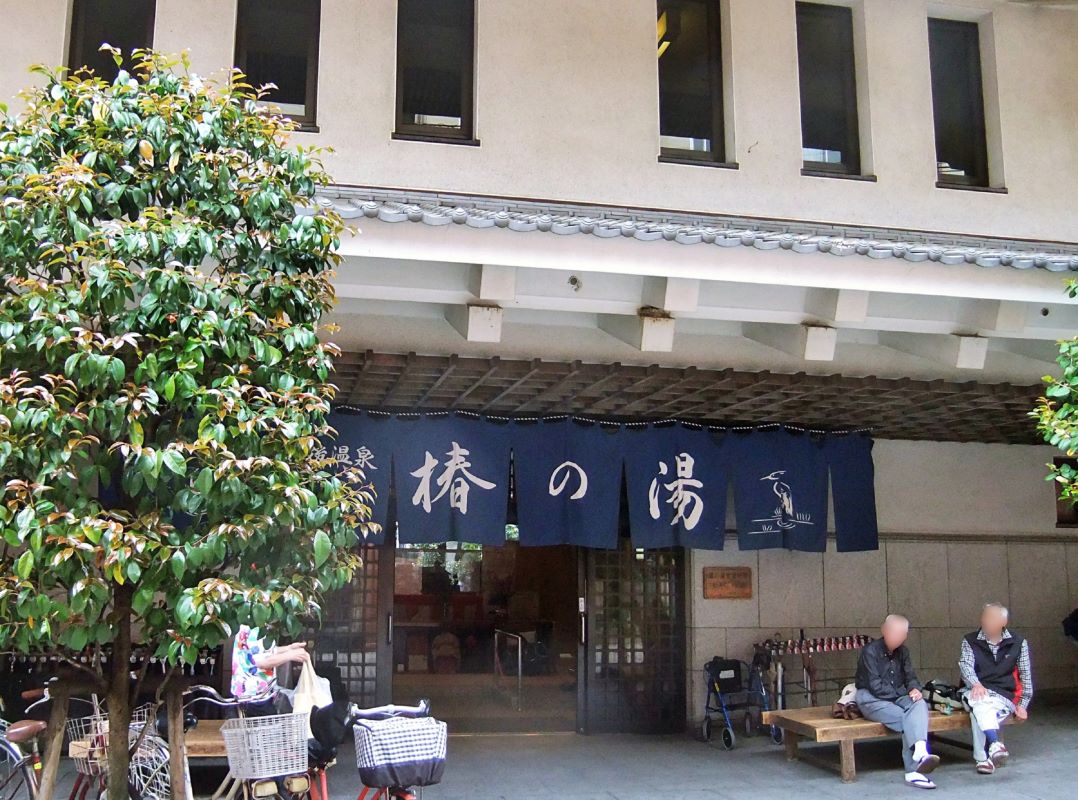
Familiar to Matsuyama residents, Tsubaki no Yu is a public bathhouse that was reopened after renovation in 2017.
It has the same source of hot spring water as the Dogo Onsen Honkan. It is located next to
Dogo Haikara Shopping Street
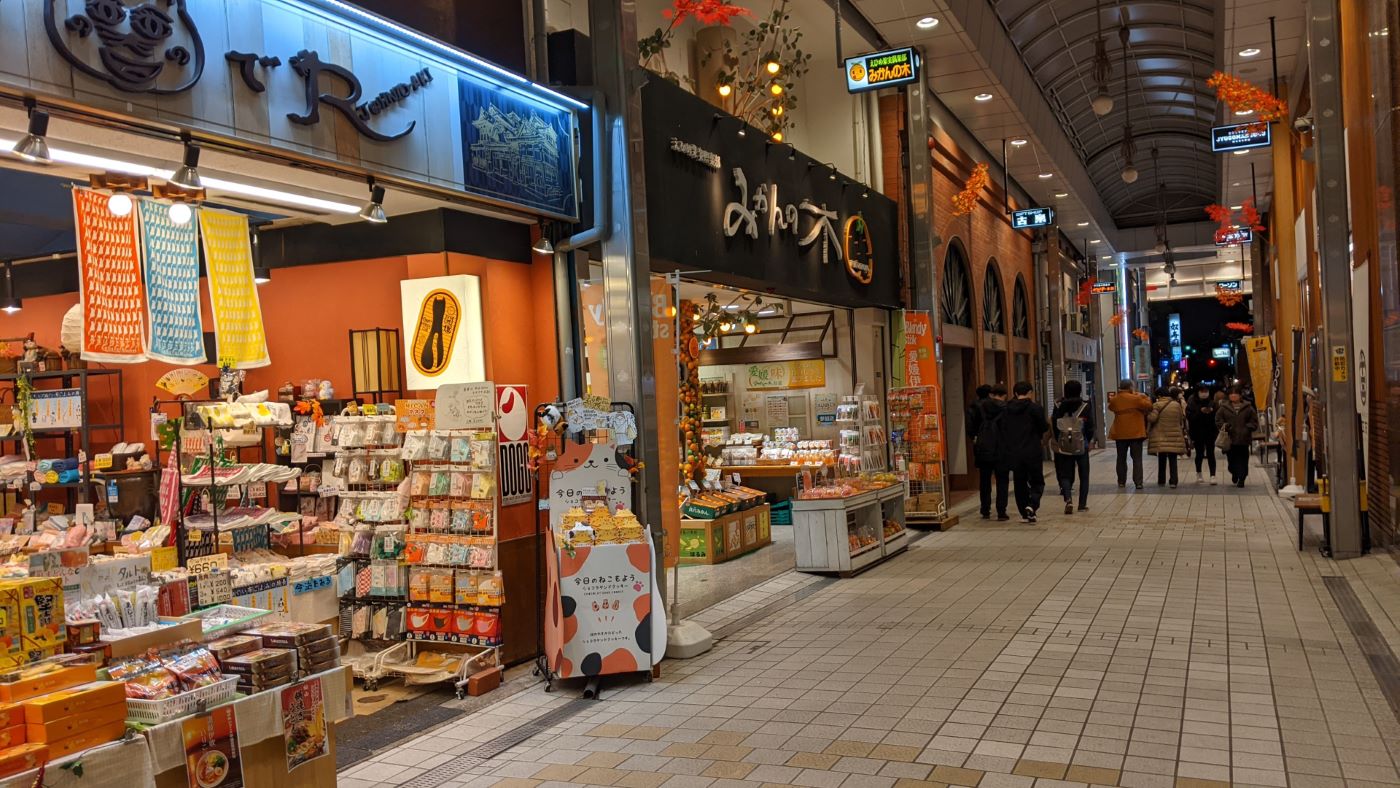
There is much more to a hot spring resort than just taking a bath. Dogo Haikara Dori is a shopping street where you can enjoy yourself before and after taking a dip.
Many souvenir shops, from the standard to the rare, line the street. The local mikan juice is popular along with towels from nearby Imabari.

This shopping arcade is also a great place to spend time even on rainy days or just to stroll around after visiting the hot springs.
Botchan Karakuri Clock

At the entrance to the Haikara shopping street is the Botchan Karakuri Clock. Every hour from 8:00 a.m. to 10:00 p.m., visitors can see cute dancing figurines of characters from the novel “Botchan” by the famous giant of Japanese literature Soseki Natsume.
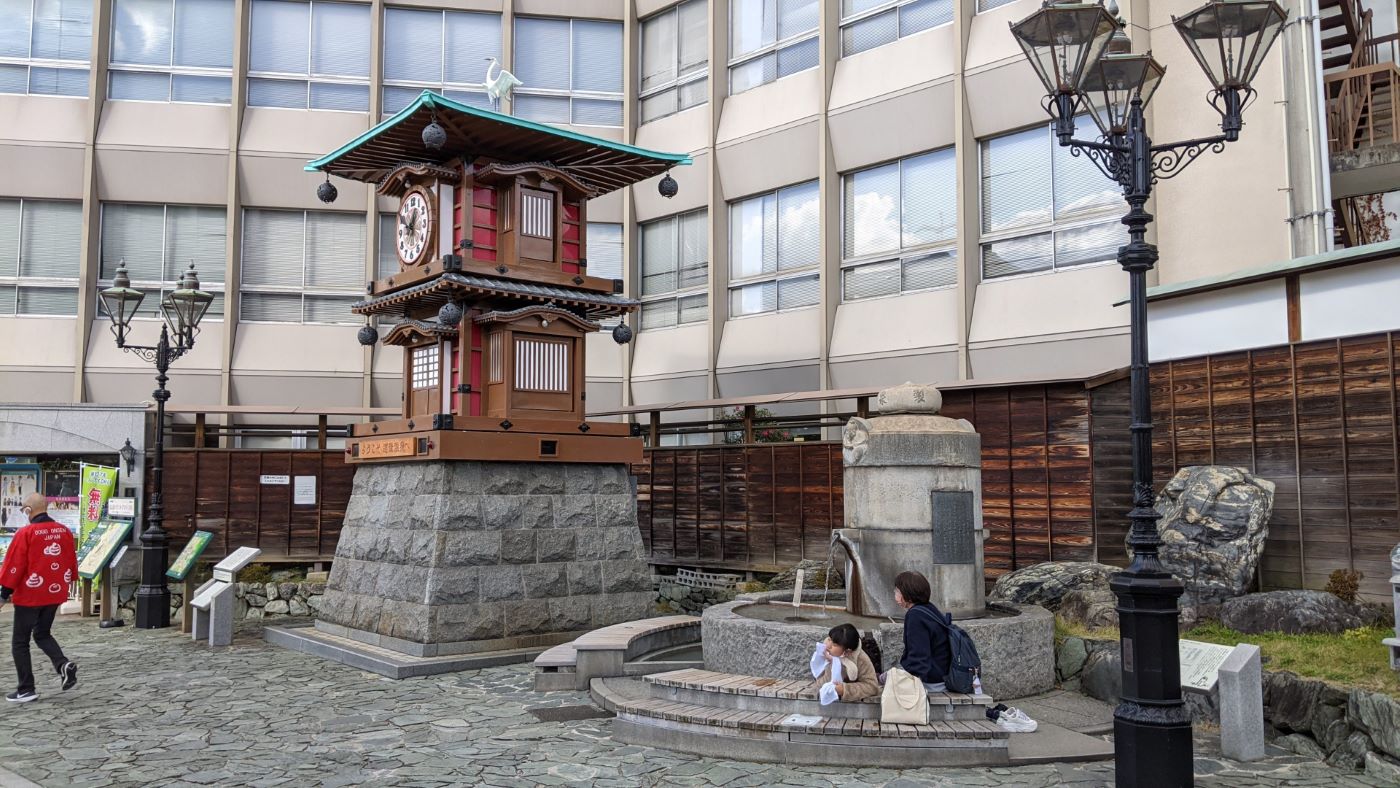
There is also a footbath nearby, so it is recommended to relax while soaking in the footbath.
Matsuyama Shiki Memorial Museum – Haiku Mecca
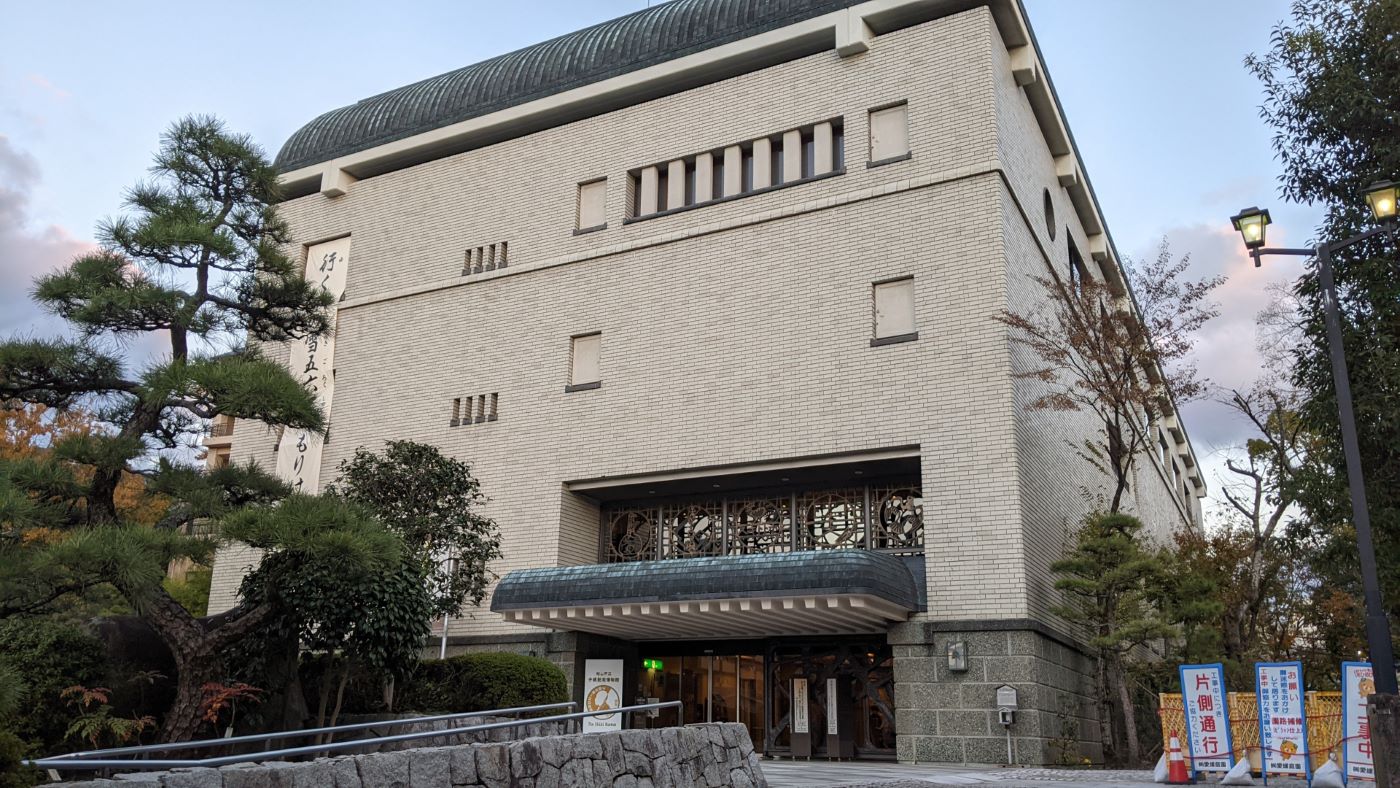
The Matsuyama Shiki Memorial Museum traces the achievements and life of Shiki Masaoka, a literary scholar born in Matsuyama, and provides visitors with an opportunity to become familiar with the traditional culture and literature of Matsuyama.
During his short life of only 34 years, Shiki energetically continued to publish haiku and literary works. The museum exhibits a reconstructed room of Gudabutsu-an, where Shiki continued his haiku activities with Soseki Natsume and other friends.
Ishite-Ji Temple
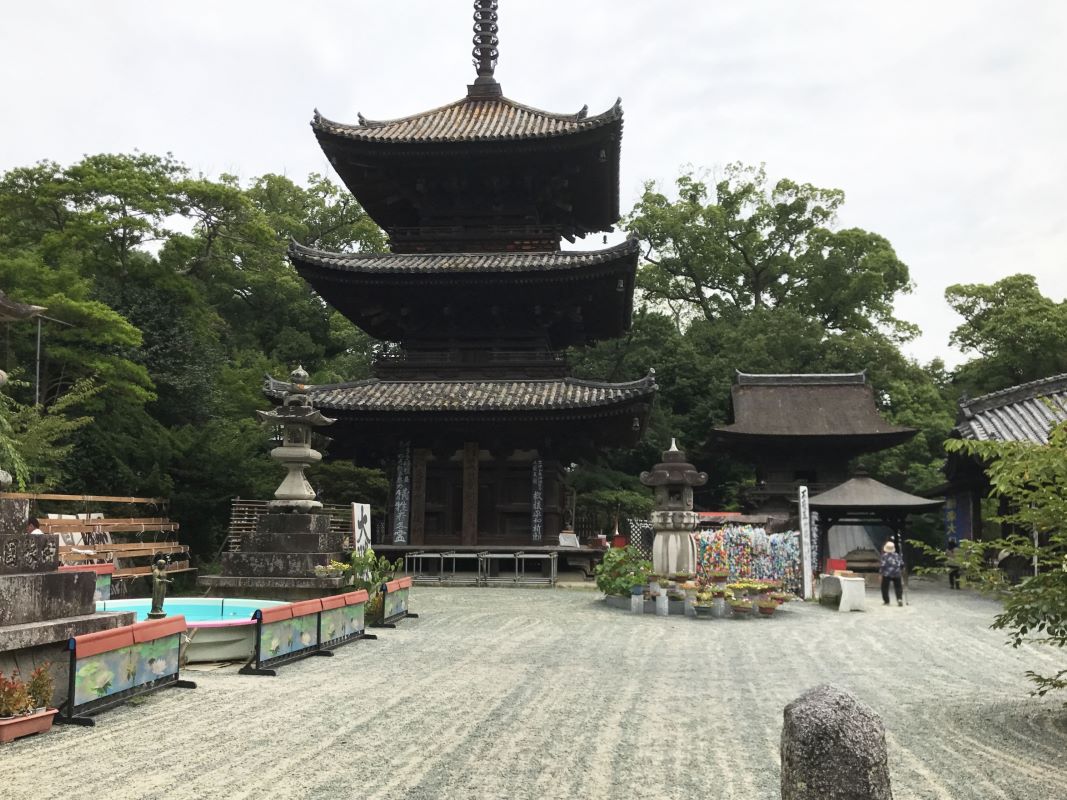
Ishiteji Temple is located about fifteen minutes walk from Dogo onsen on the northeastern outskirts of Matsuyama and is a temple of the Toyoyama School of Shingon Buddhism.
It is the 51st temple of the 88 sacred places of the Shikoku pilgrimage.
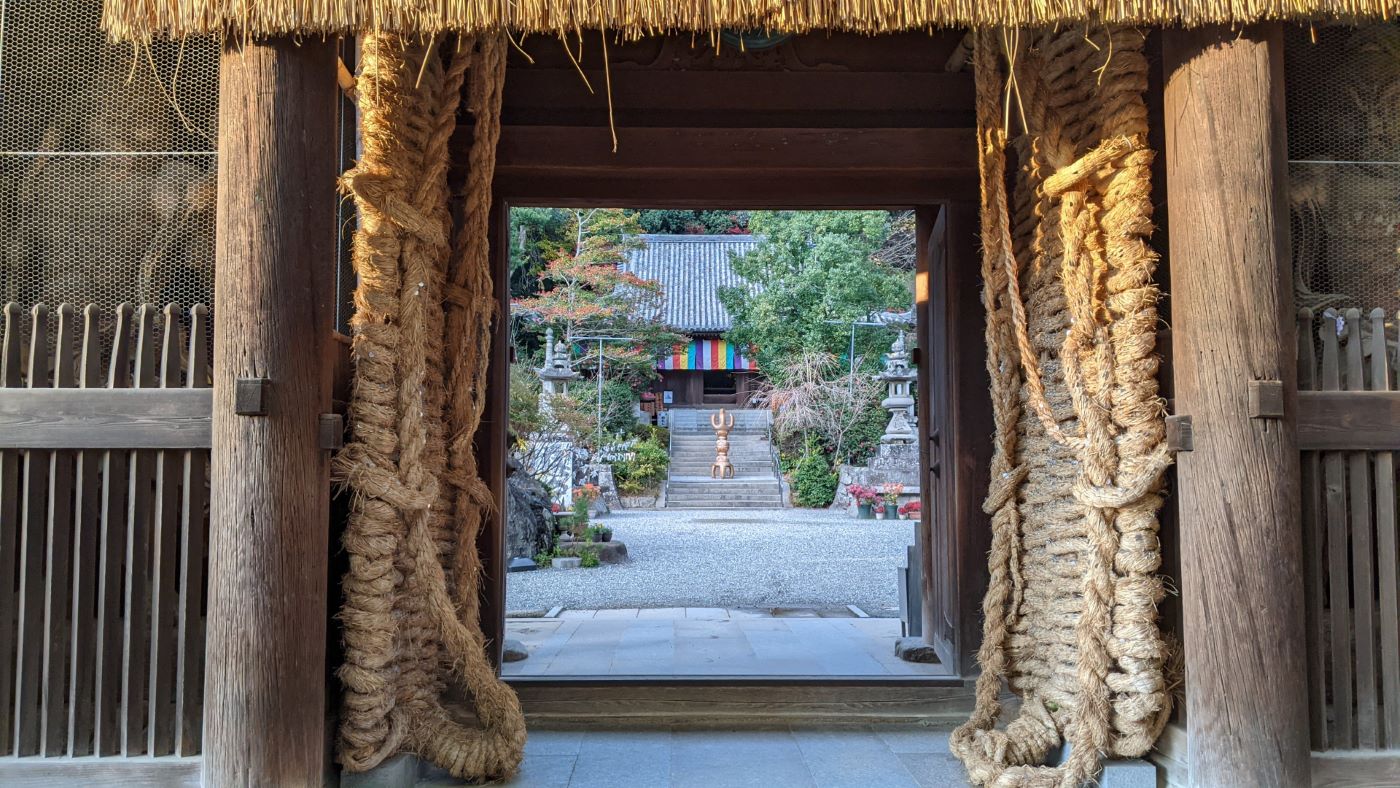
The must-visit temple grounds are expansive and almost cluttered in an endearing way. There’s also a hidden Mantra cave that leads to another section of the temple that is fun to explore and even more “out there” than the main temple grounds.
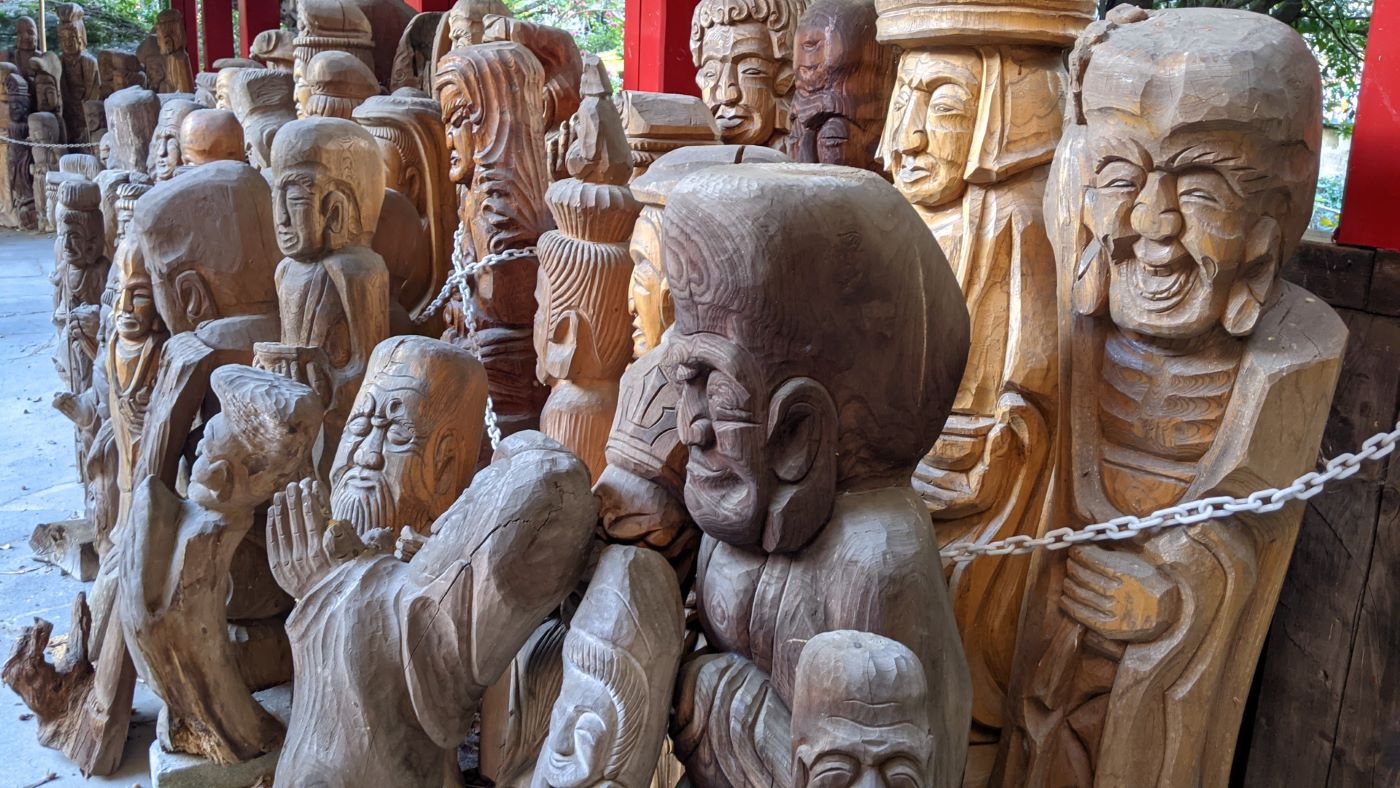
It is also famous as a temple associated with the legend of the return of Emon Saburo, who is said to be the originator of the pilgrimage. The temple was founded in 728 by Ochi Tamasumi, the governor of Iyo Province.
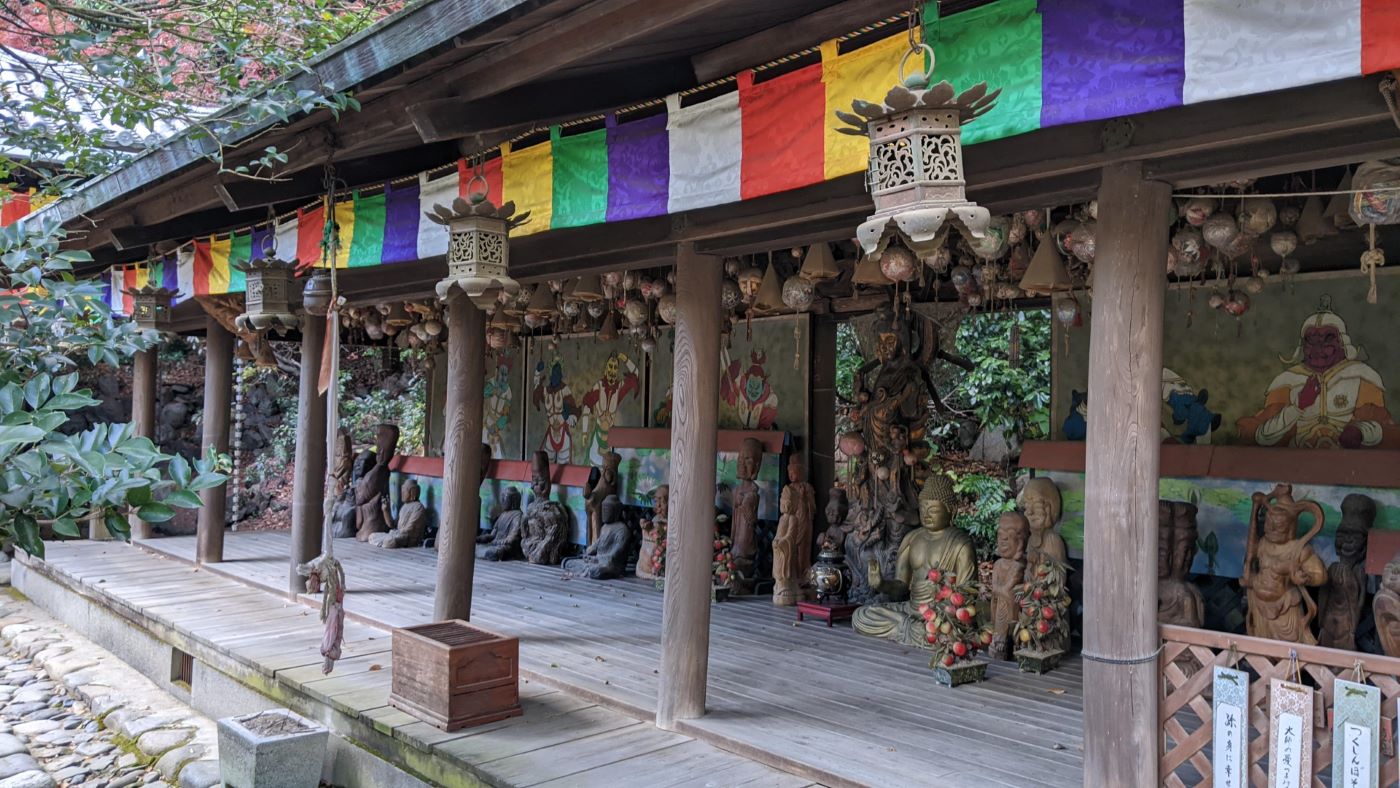
The name of the temple at the time of its foundation was Anyo-Ji Temple, and the sect of Buddhism was the Hosso sect, but it is said that Kukai visited the temple in 813 and changed the sect to the Shingon sect.
In the inner temple the Niomon Gate, a national treasure, as well as the main hall, three-story pagoda, and other important cultural assets are highlights of the temple.
Isaniwa Shrine

This ancient shrine boasts a history of more than 1,000 years since its foundation and is located halfway up Mount Dogo.
The approach to the shrine is a steep stone staircase, so it’s best to leave the high heels back at the hotel when visiting.

The shrine pavilions are known as one of the three great Hachiman-zukuri in Japan, along with Usa Jingu Shrine and Ishimizu Hachiman Shrine, and are designated as a national important cultural property.
Bansuiso French Style Villa

Bansuiso villa was built as a villa in 1922 by Count Sadamo Hisamatsu, a descendant of the former feudal lord of Matsuyama. It was built in the French Neo-Renaissance style based on his experience of living in France for a long time as a military officer stationed in the army.
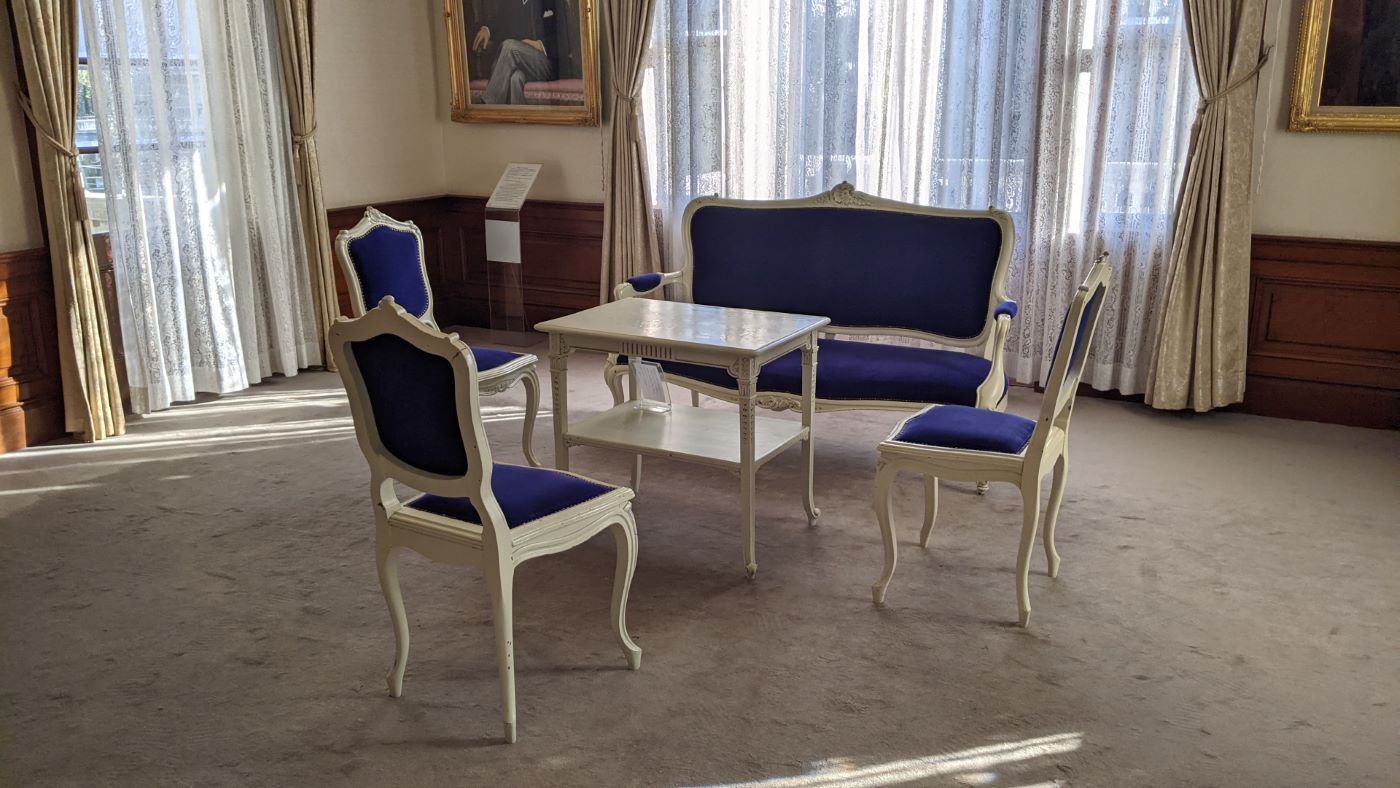
In addition to the high artistic value of the building itself, the museum also exhibits paintings, hanging scrolls, and traditional artifacts, and holds various events and private exhibitions from time to time.
Bansuiso is also the oldest reinforced concrete building in Ehime Prefecture.
Clouds over the Hill Museum
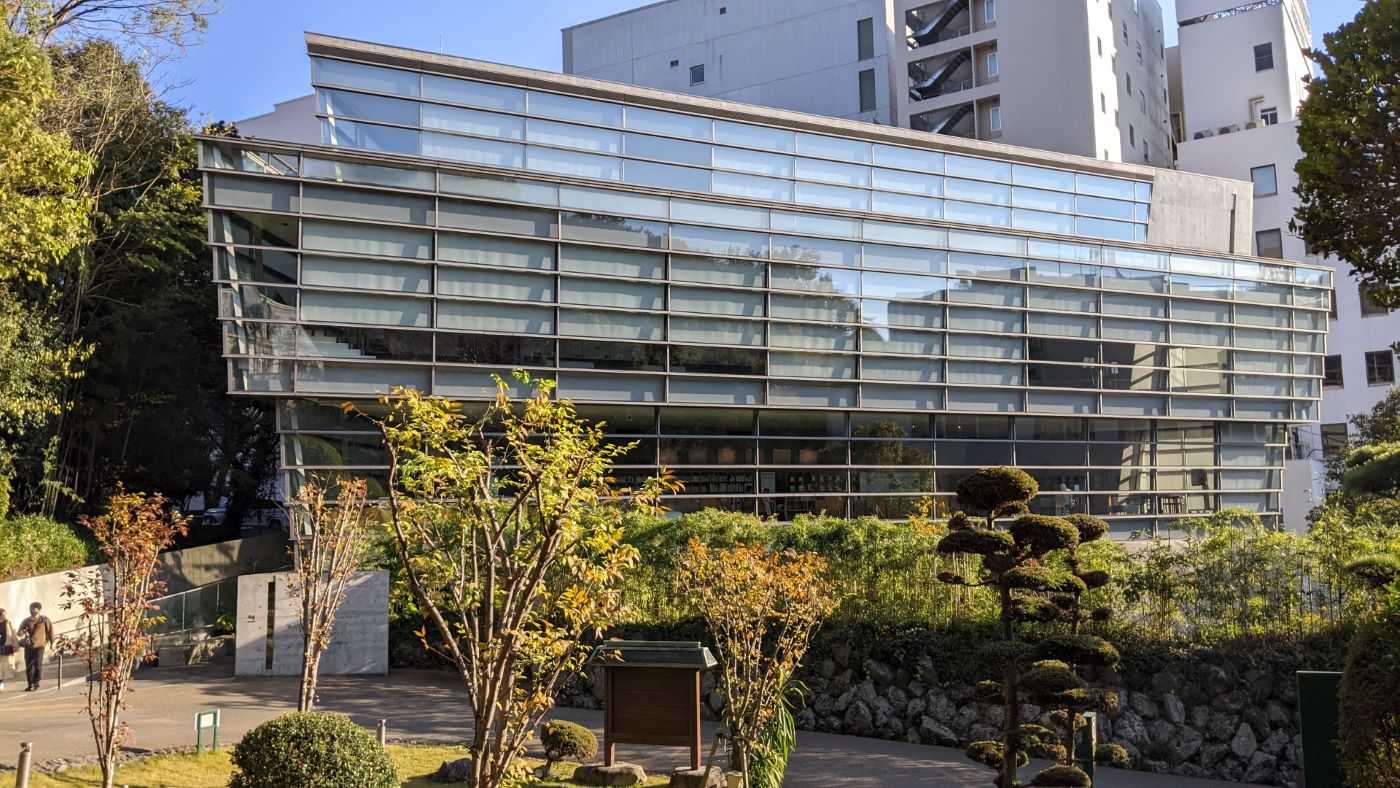
The stylish building, designed by architect Tadao Ando in the image of Clouds over the Hill, is worth checking out even if you don’t intend to enter the museum itself.
The Saka no Ue no Kumo Museum is based on the theme of Ryotaro Shiba’s classic novel Clouds over the Hill.
Against the backdrop of the turbulent Meiji period in Japan, the story depicts the lives of the three main characters, Yoshiko and Masayuki Akiyama, brothers from Matsuyama, and Shiki Masaoka, and introduces Japan at that time and the footsteps of the three men through a wealth of exhibits.
Dogo Park and Yuzuki Castle Ruins
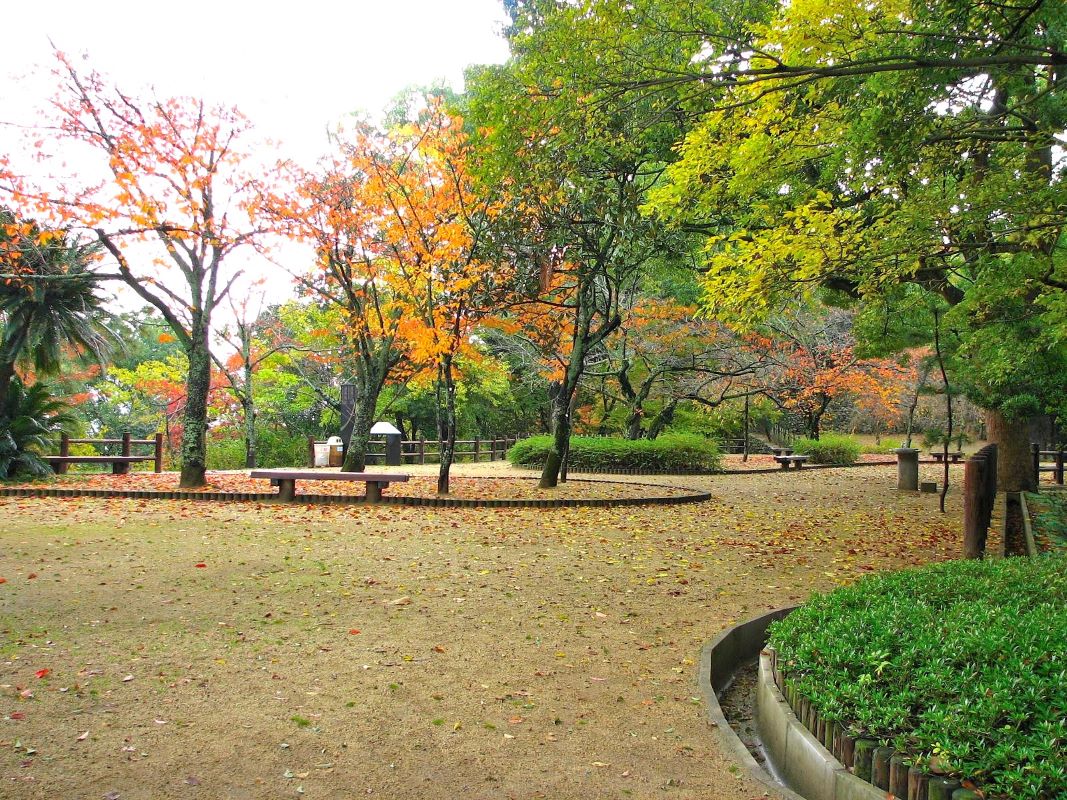
The relaxing Dogo Park, located just a short walk from Dogo Koen Station is the site of Yuzuki Castle, which was the base of the Kono Clan, the medieval provincial governors of Iyo Province (Now Ehime Prefecture).
The park is full of attractions to explore, including a moat, a samurai residence restored to its original appearance, and various facilities such as Japan’s oldest hot water pot and a museum commemorating Shiki Masaoka, a haiku poet born in Matsuyama.
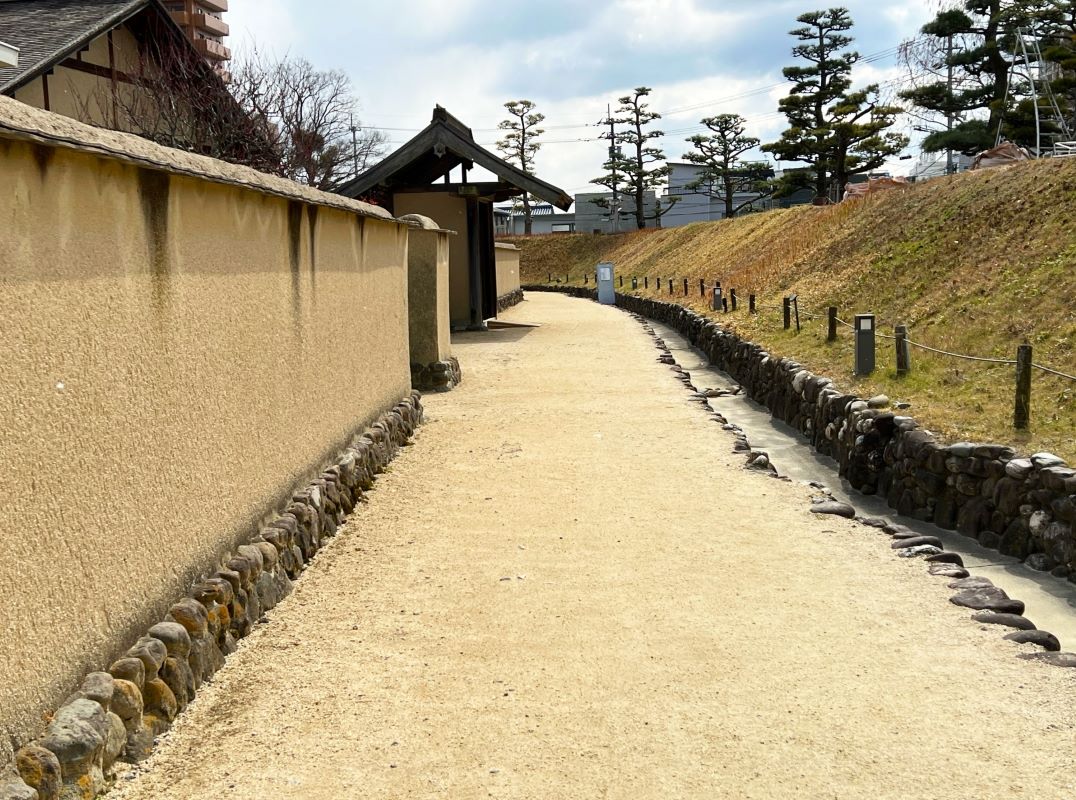
In spring, it is a popular spot to enjoy the cherry blossoms. It is a place where you can take a leisurely stroll and enjoy the beauty of nature and Matsuyama’s scenery, as well as feel the history of Japan.
There is an observatory on a small hill in the park from which you can view Matsuyama Castle towering atop Katsuyama.

There are many attractions in the large park, including an observatory, an old bathhouse, and samurai residences.
Freiburg Castle Observation Decks
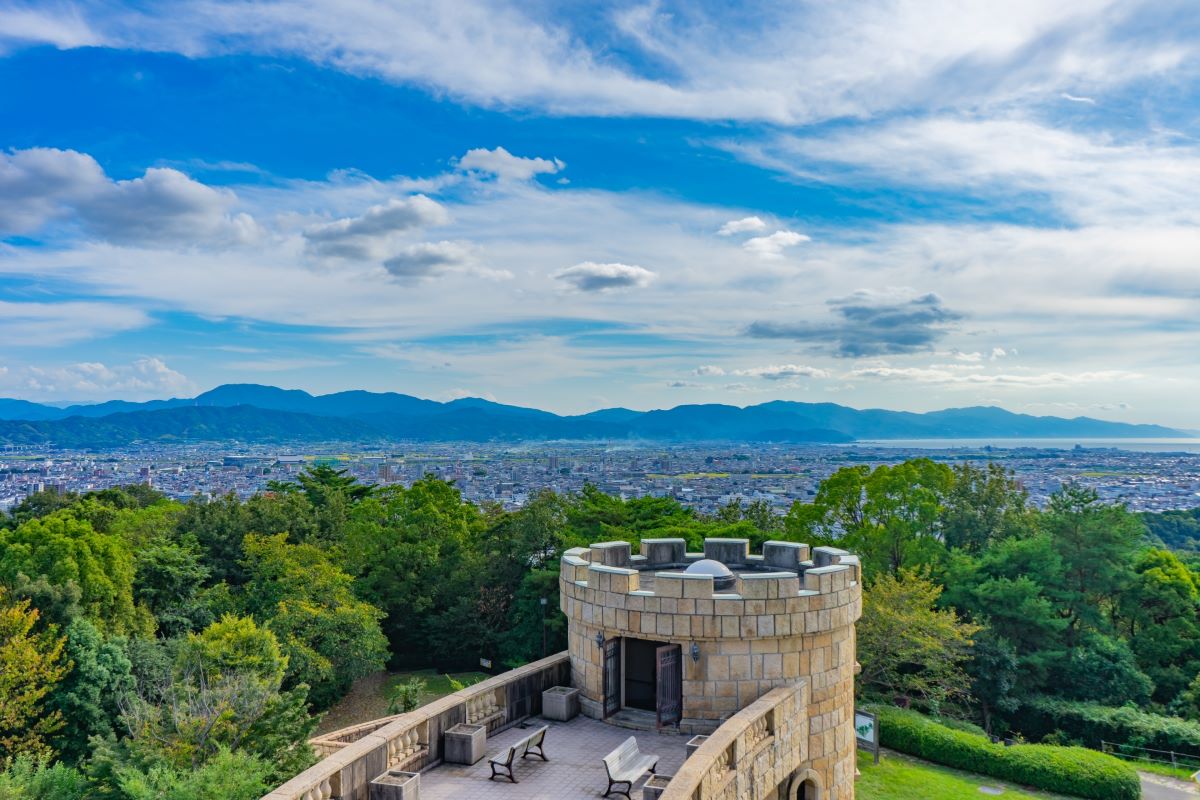
For outdoor activities, one of the top attractions in Matsuyama is a wonderful observatory and observation deck called Freiburg Castle.
It’s at the top of the Matsuyama General Park located on Ominegadai, west of Matsuyama Station.
Freiburg Castle is named after Matsuyama’s sister city Freiburg. Entering the cylindrical building in the north-south direction and climbing the spiral staircase, the second floor is a passageway that offers a panoramic view of Matsuyama.
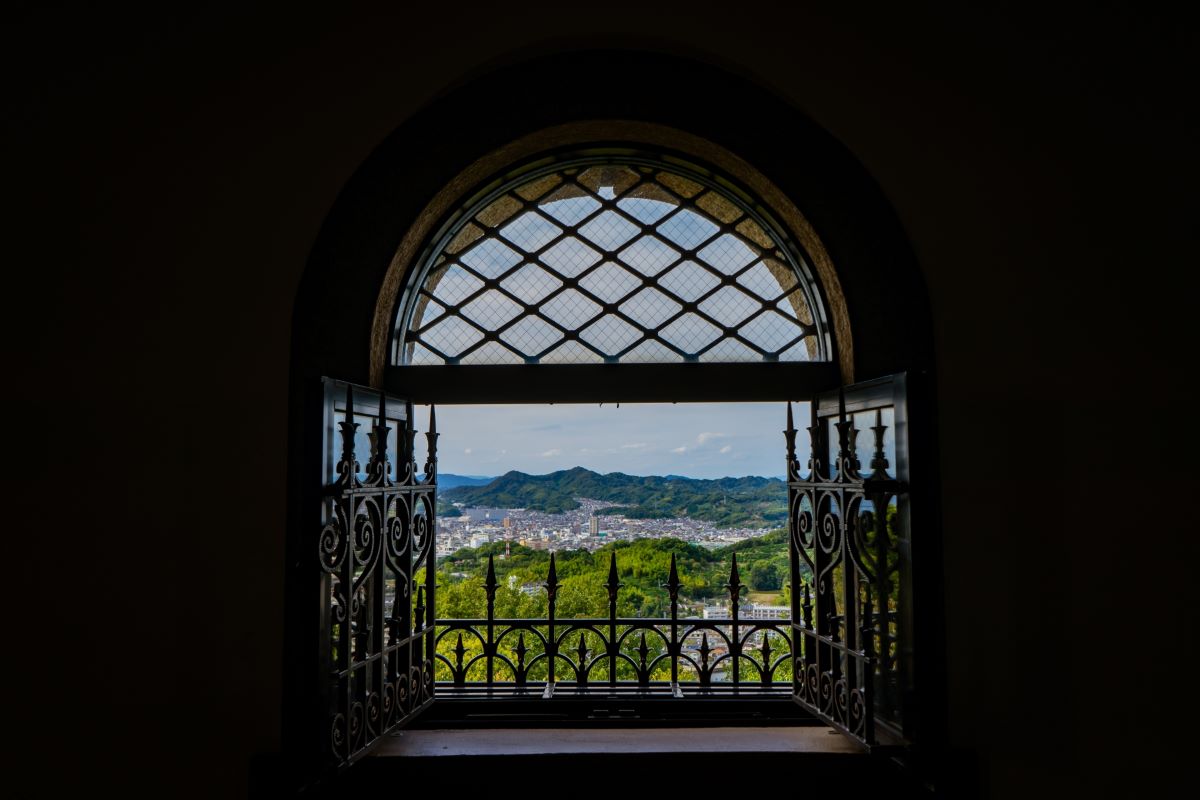
From the third floor of the building on the north side, you can look down on Matsuyama from an even higher vantage point. Katsuyama, where Matsuyama Castle is located, and the central city of Matsuyama to the south. The Takanawa and Ishizuchi mountain ranges extend behind Katsuyama.
Take A Quick Loop On A Giant Ferris Wheel
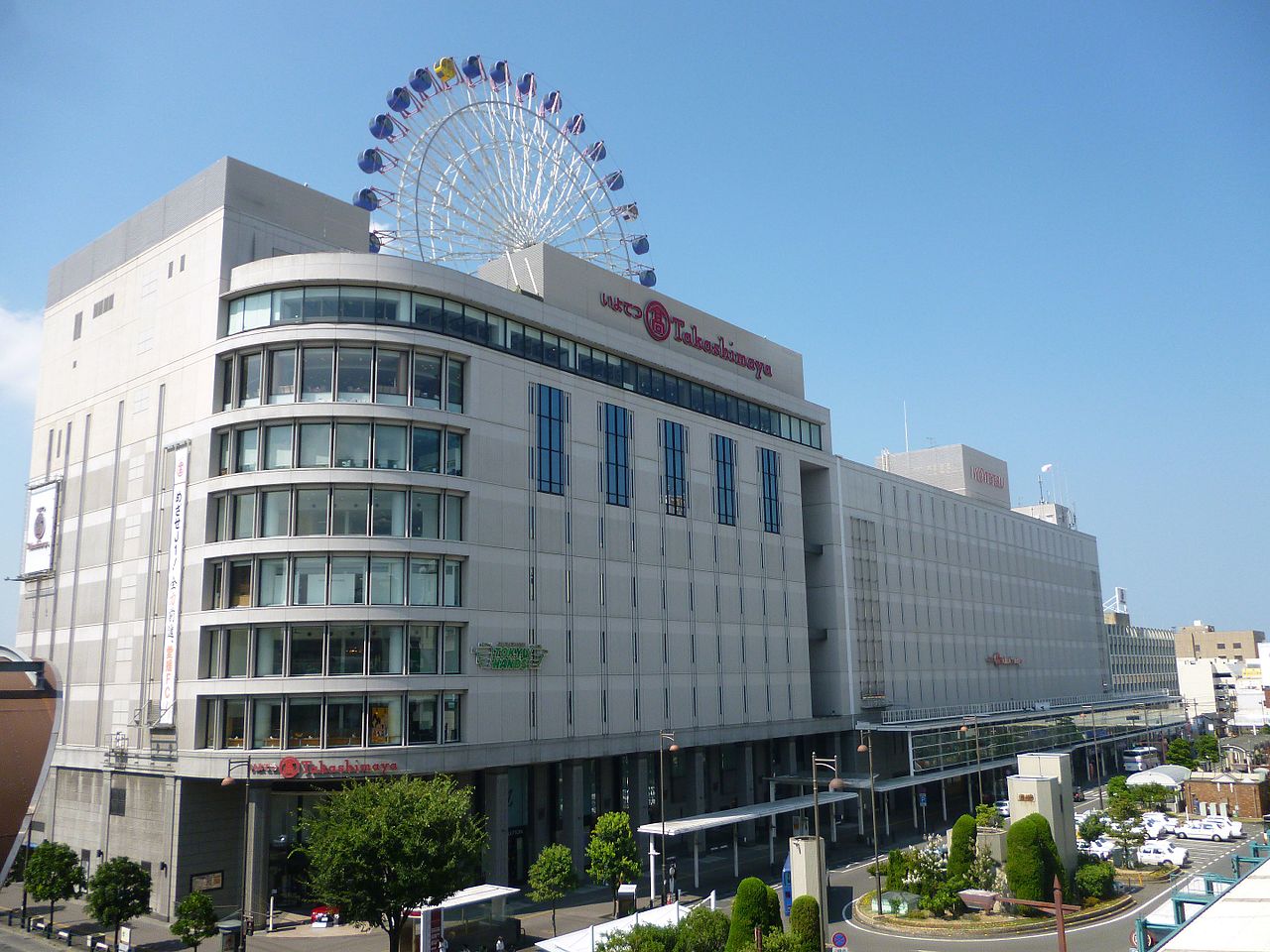
Just off Okaido Shopping Street is the Giant Ferris Wheel Kururin which is a landmark in central Matsuyama and is one of the best things to do for couples or kids.
Visitors can take a 15-minute loop in the air. Some of the gondolas are see-through, making it great for a view of the town and the Seto Inland Sea.
At night, you can enjoy the sparkling night view of the city and it’s one of the most popular things to do in Matsuyama for couples visiting and gives great views over the city.
Ride The Botchan Train
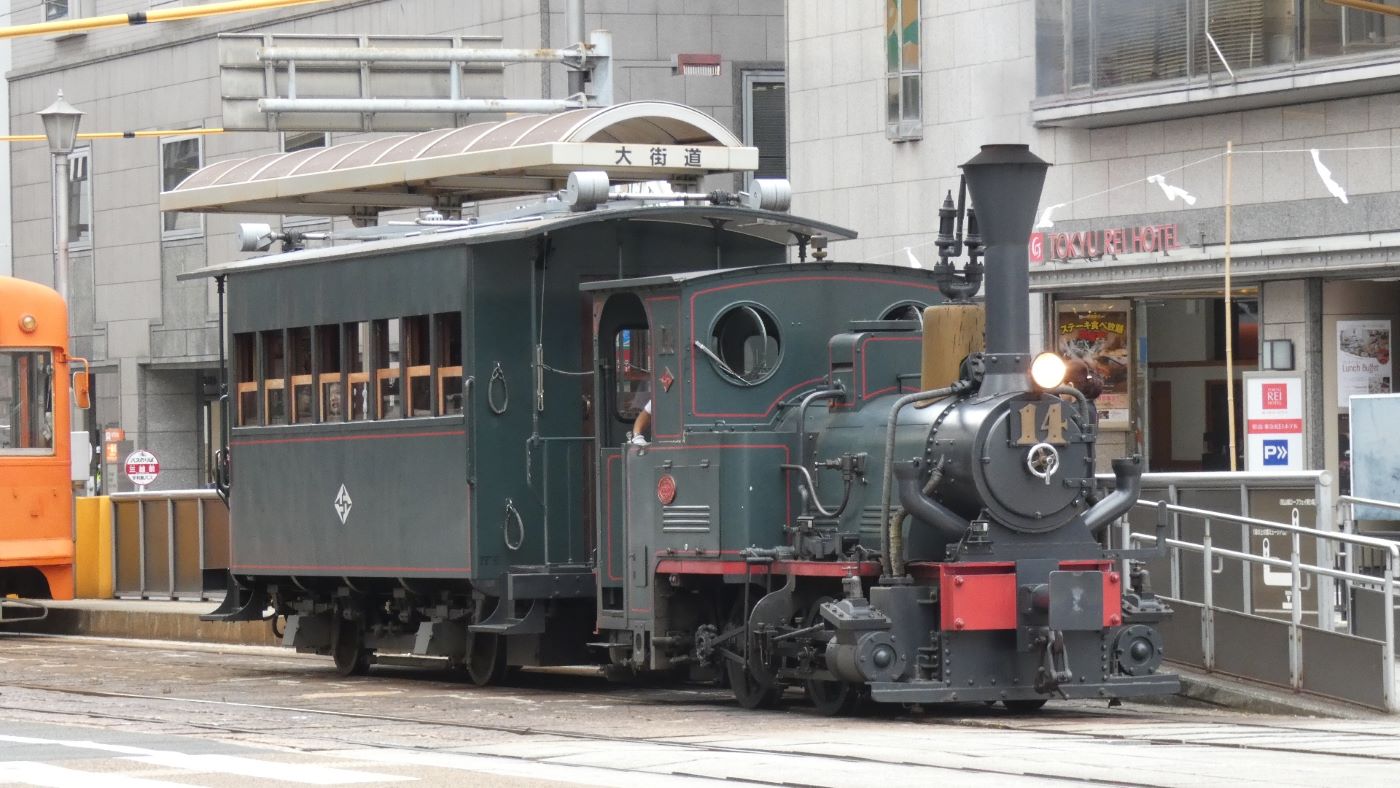
The “Botchan Train”, so called because the main character in Soseki Natsume’s novel “Botchan” rode on it, was a steam locomotive that was in service for 67 years from 1888, soon after the Iyo Railroad was opened, and was popular with the citizens.
The steam locomotives were once retired due to the introduction of trains, but have now been restored as diesel locomotives.

The conductor of the train is dressed in a manner that reminds tourists of those days, and the change of direction of the train at Matsuyama-shi Station is done by human power, so it is worth a visit.
Operating Hours:
Dogo Onsen Station – Matsuyama City Station First train: 8:55 – Last train: 16:56
Matsuyama-shi Station – Dogo Onsen Station First train: 9:30 – Last train: 17:33
Imabari Towel Museum Ichihiro
Imabari City, about 70 minutes north of Matsuyama is one of the largest towel production areas in Japan.
In the city, there is the Towel Museum Ichihiro, which combines towels and art. The museum offers a variety of attractions that can only be enjoyed here, including artworks using towels and cotton, a tour of the manufacturing process, and shopping.
After the tour, you can enjoy lunch at the museum’s café. High-quality Imabari towels are prized throughout Japan and make great gifts for your folks back home.
More Interesting Things to do In Matsuyama And Surrounding Areas
- Take a ferry trip to a nearby Island on the Seto Inland Sea
- Take the Iyonada Monogatari Sightseeing Train to Ozu and Yawatahama and get a look at rural Japan up close (Two round trips each Saturday and Sunday)
- Eat Tai Meshi which is a delicious sea bream on rice dish
- There are plenty of great dining options in the area north of Okaido Shopping Street
- Get a close-up look at day-to-day life by catching a tram with the locals
- Explore the Ninomaru Garden which is set to the original floor plan of the old Samurai area
- Set aside a few hours for a morning walk up to Mount Katsumiyama to the castle which is the perfect place for a bird’s eye view of Shikoku’s largest city
Access to Matsuyama
From Tokyo, Matsuyama can be reached by air, rail, or bus. By plane, it takes about 90 minutes from Haneda Airport to Matsuyama Airport, and from Matsuyama Airport to the city center takes about 20 minutes by airport limousine bus.
By train, you can travel using your Japan Rail pass if you have one. Take the Shinkansen Nozomi bullet train from Tokyo and transfer at Okayama Station to the limited express Shiokaze to arrive at Jr Matsuyama Station.
It takes about 6 hours one way.

